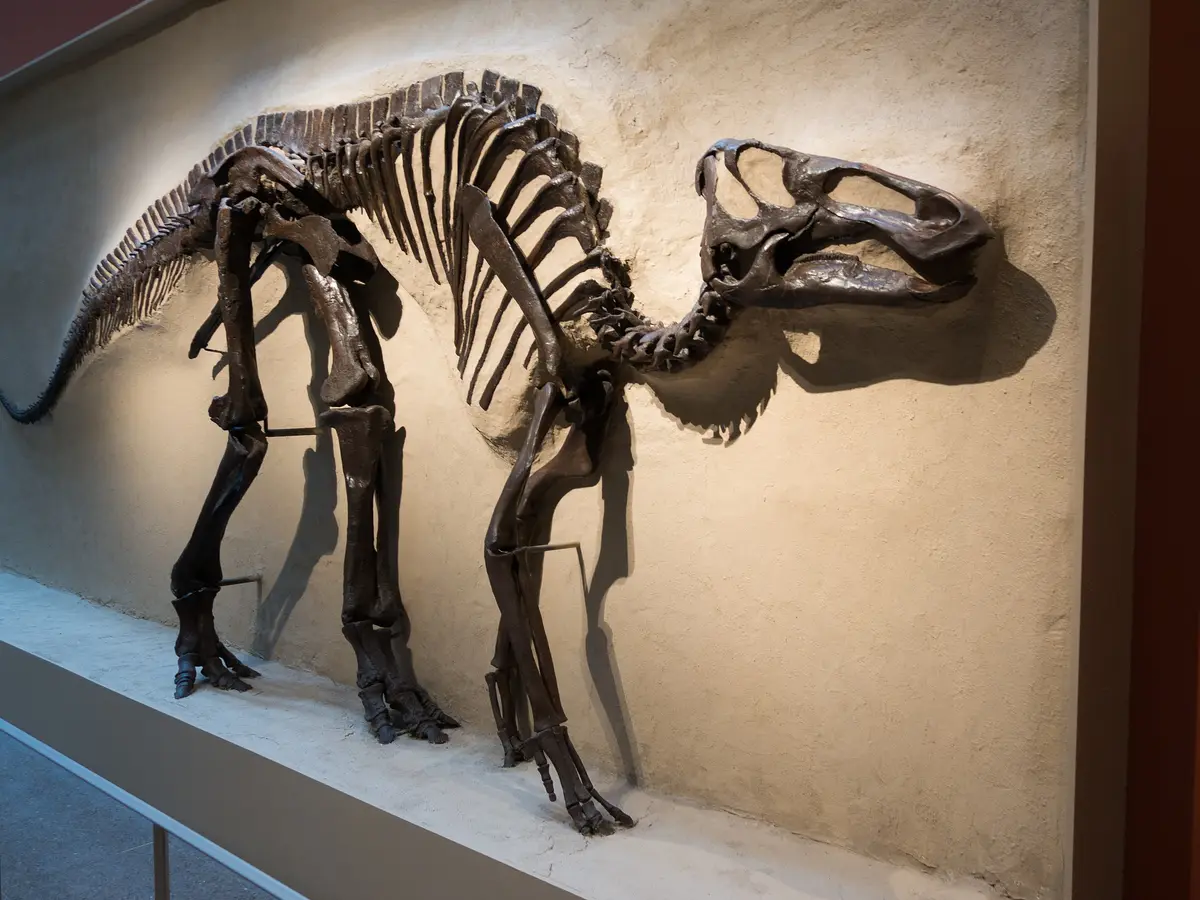Unbelievable Discoveries About Rogue Planets Could Change Everything We Know!

Did you know there are planets out there drifting through space, completely unattached to stars? Welcome to the fascinating world of rogue planets, and a recent groundbreaking study is shedding new light on them!
A team of international researchers has turned their gaze towards a nearby rogue planet, SIMP-0136, situated about 20 light-years from Earth. Published in the journal Astronomy & Astrophysics, this study aims to unravel the mysteries of planetary formation and evolution by examining the atmospheric composition, temperature, and auroras of SIMP-0136.
Using NASA's incredible James Webb Space Telescope (JWST), the team explored this massive planet, which is a staggering 12.7 times the mass and about 1.2 times the radius of Jupiter. What truly fascinates scientists is that SIMP-0136 spins like a top, completing a rotation in just 2.4 hours, allowing researchers to observe its atmospheric phenomena in detail.
One of the standout findings was the phenomenon of thermal inversion in the planet’s atmosphere. This intriguing aspect means that while Earth warms up as we approach the surface, SIMP-0136 presents a stark contrast: its atmosphere is colder near the ground and heats up the higher you go. Imagine a world where the sky is blazing hot while the ground is frigid – mind-boggling, right?
The team discovered that SIMP-0136's auroras play a crucial role in heating its upper atmosphere, a discovery that sets it apart from other planets. Unlike Earth, which experiences varying cloud coverage, SIMP-0136 boasts a constant shroud of clouds composed of silicate grains, reminiscent of beach sand, rather than water droplets or ice crystals.
Dr. Evert Nasedkin, the lead author of the study and a Postdoctoral Fellow at Trinity College Dublin, expressed the significance of these findings: "These are some of the most precise measurements of the atmosphere of any extrasolar object to date. At over 1,500°C, SIMP-0136 makes this summer's heat wave seem mild!" The research's accuracy allowed them to detect temperature shifts of less than 5 °C, hinting at dynamic weather patterns akin to Jupiter's Great Red Spot.
This study builds upon earlier JWST data analyzed in March 2025, which identified atmospheric clouds and temperature variances. While that research couldn't pinpoint the causes behind those shifts, this new study has successfully linked the auroras to the planet's thermal inversion.
But what does this mean for the future of our knowledge about rogue planets? First discovered in 2000, these celestial bodies have intrigued astronomers due to their unique nature of existing independently of any star. Scientists speculate there could be billions—yes, billions!—of rogue planets roaming freely in our Milky Way galaxy. However, don’t worry; the chances of one straying into our solar system and threatening life on Earth are extremely slim.
As we look ahead, the upcoming Nancy Grace Roman Space Telescope, set to launch in May 2027, will help us further understand the vast number of rogue planets out there. What do you think lies in store for rogue planet discoveries in the years to come? Only time will tell!
Remember, as we continue our journey through the cosmos, let’s keep doing science and keep looking up!


























